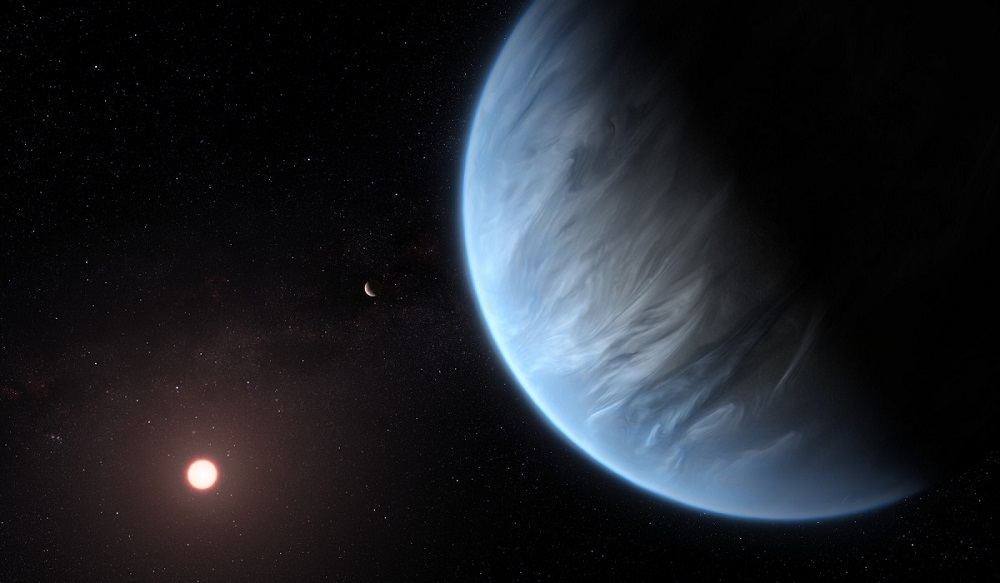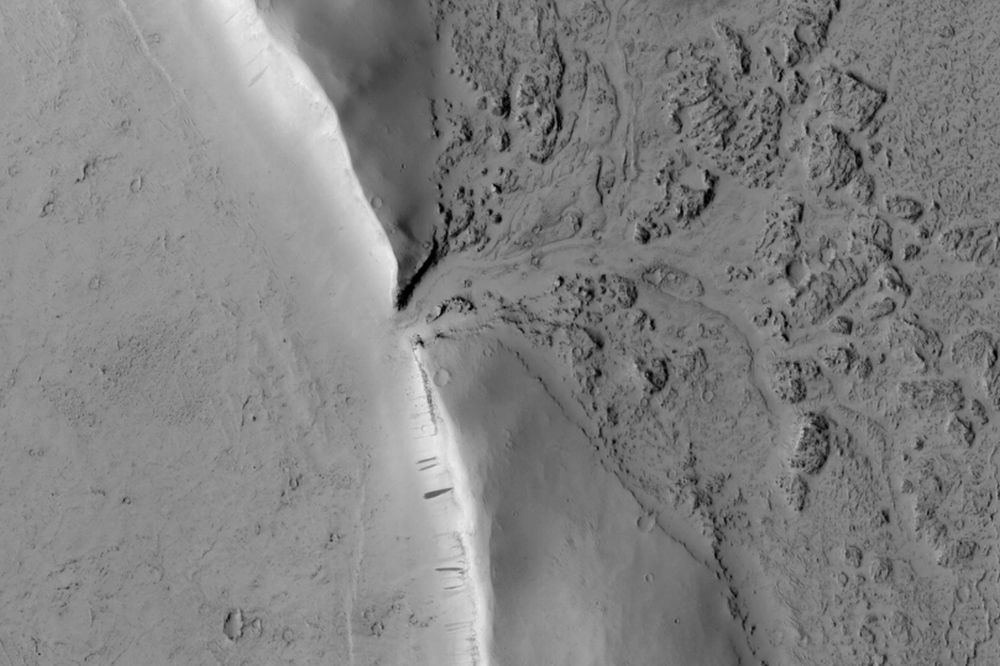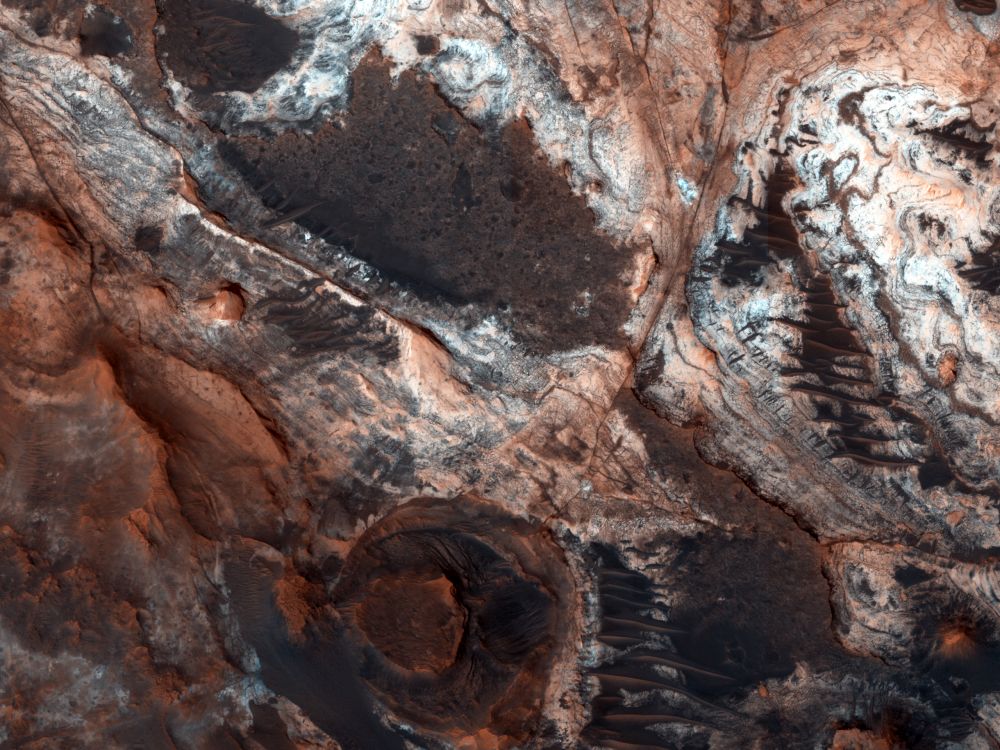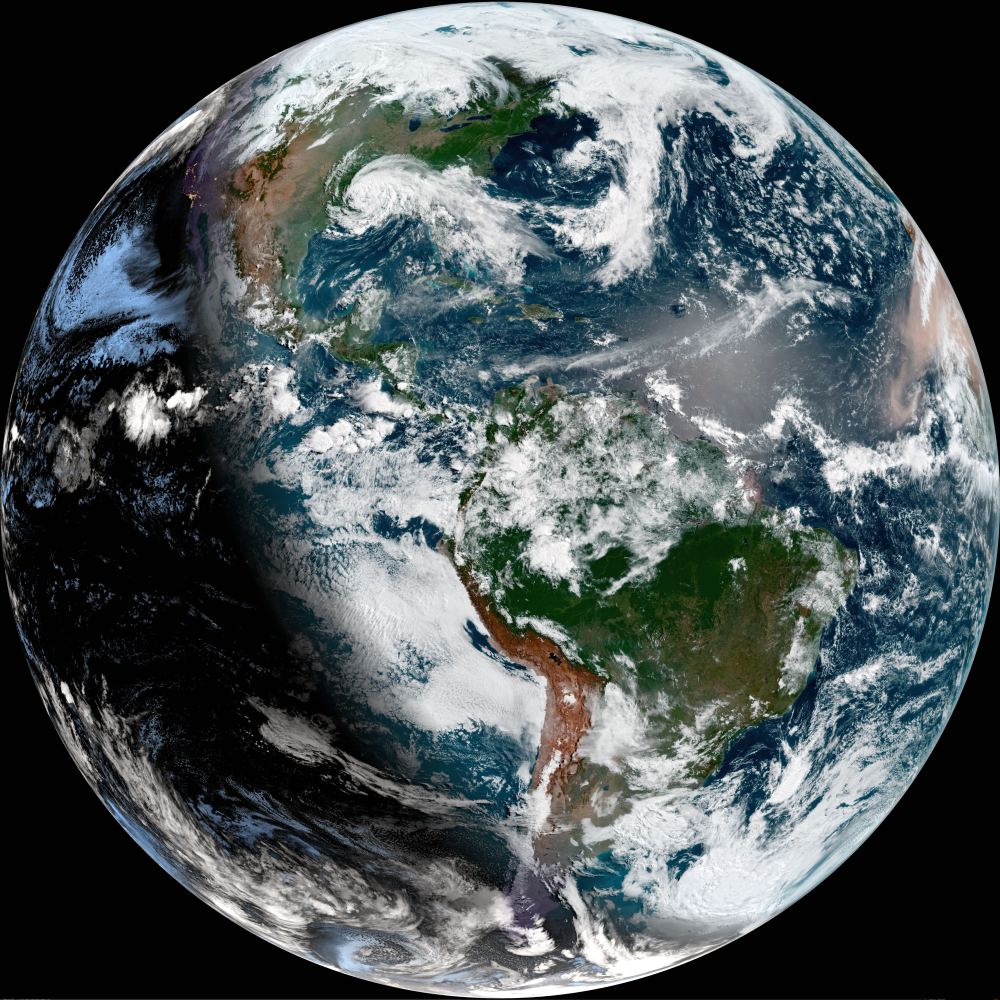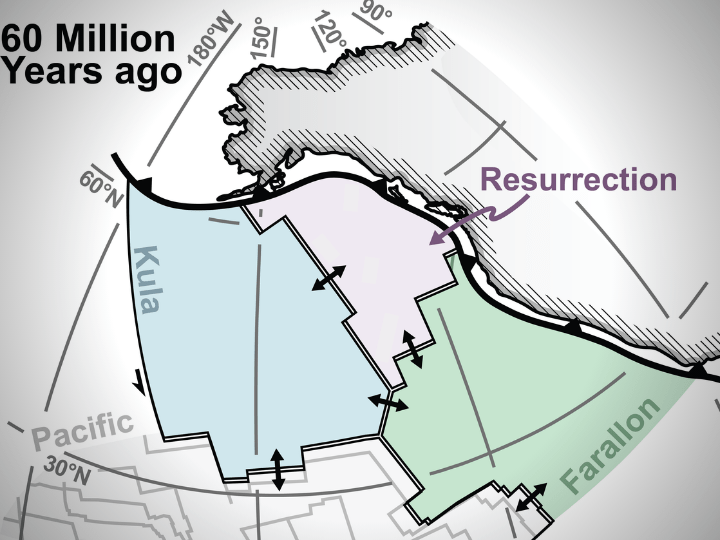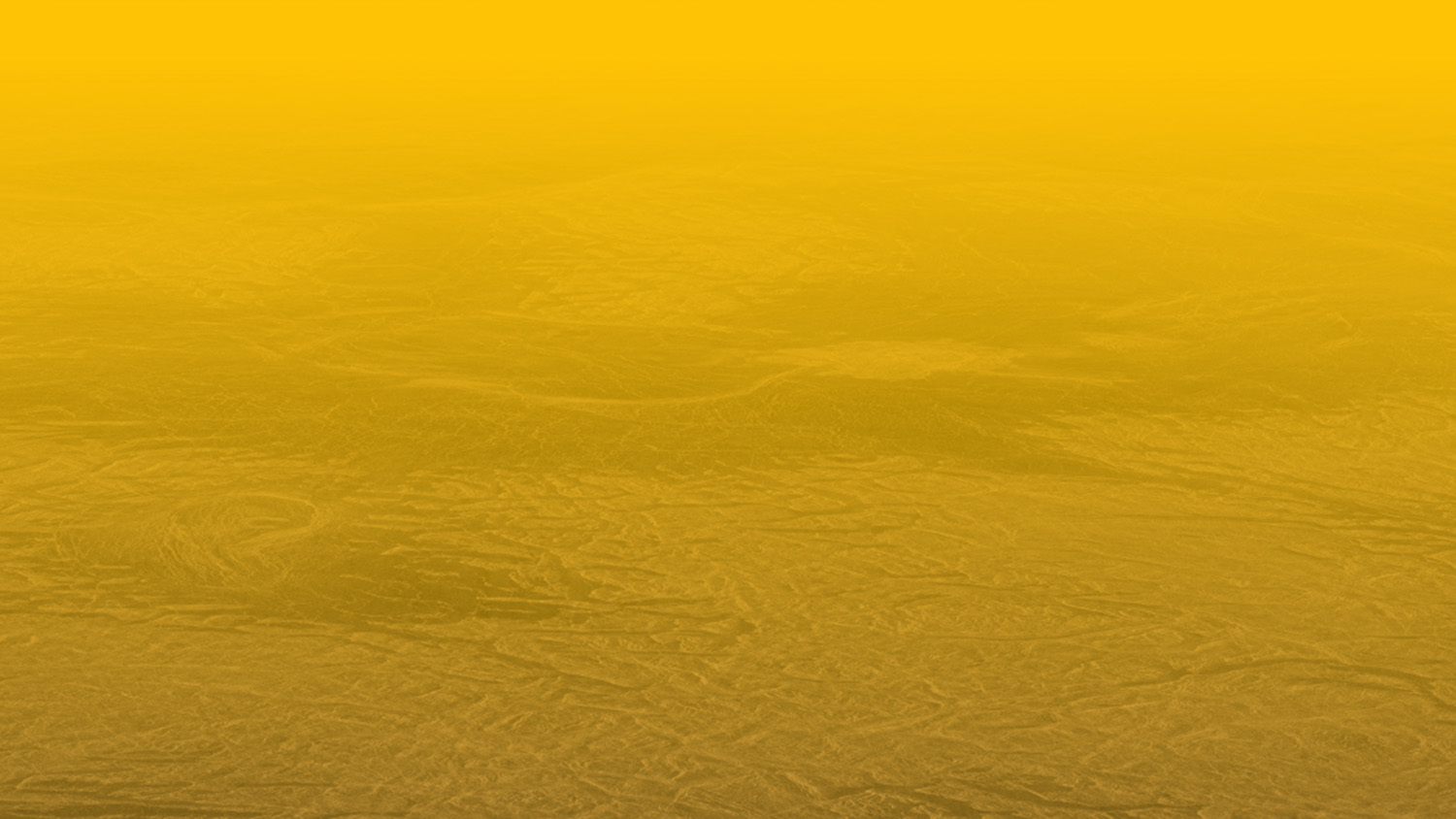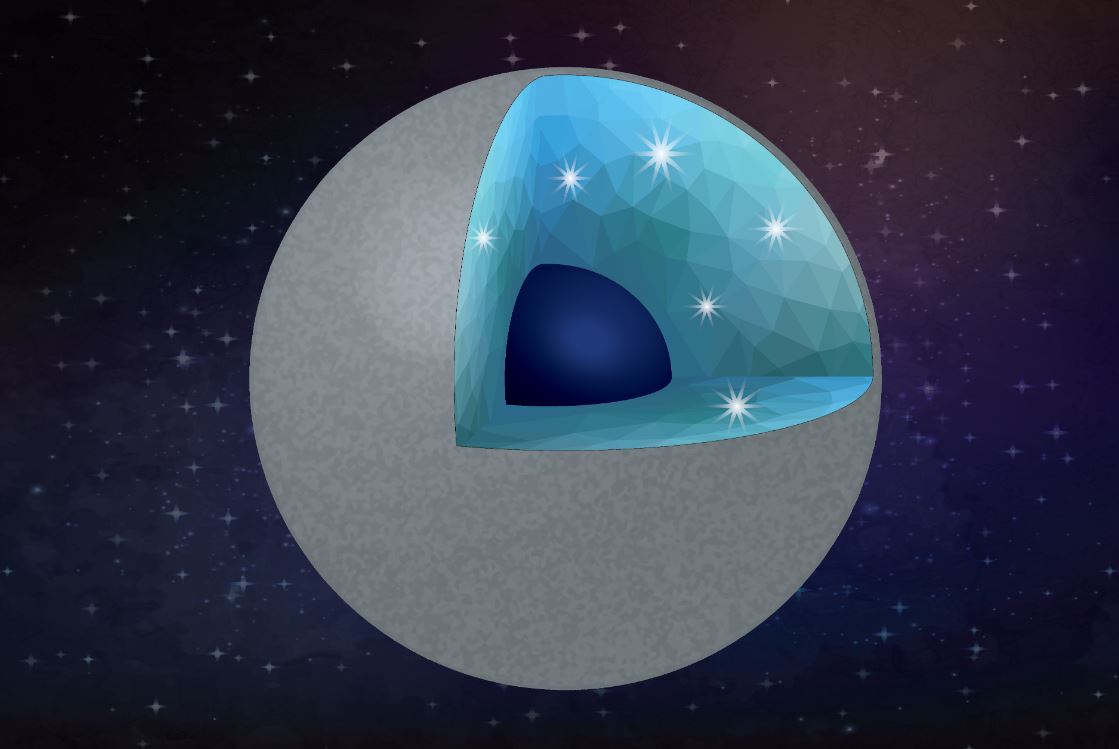The ultra-powerful James Webb Space Telescope will launch soon. Once it’s deployed, and in position at the Earth-Sun Lagrange Point 2, it’ll begin work. One of its jobs is to examine the atmospheres of exoplanets and look for biosignatures. It should be simple, right? Just scan the atmosphere until you find oxygen, then close your laptop and head to the pub: Fanfare, confetti, Nobel prize.
Of course, Universe Today readers know it’s more complicated than that. Much more complicated.
In fact, the presence of oxygen is not necessarily reliable. It’s methane that can send a stronger signal indicating the presence of life.
Continue reading “If a Planet Has a Lot of Methane in its Atmosphere, Life is the Most Likely Cause”
